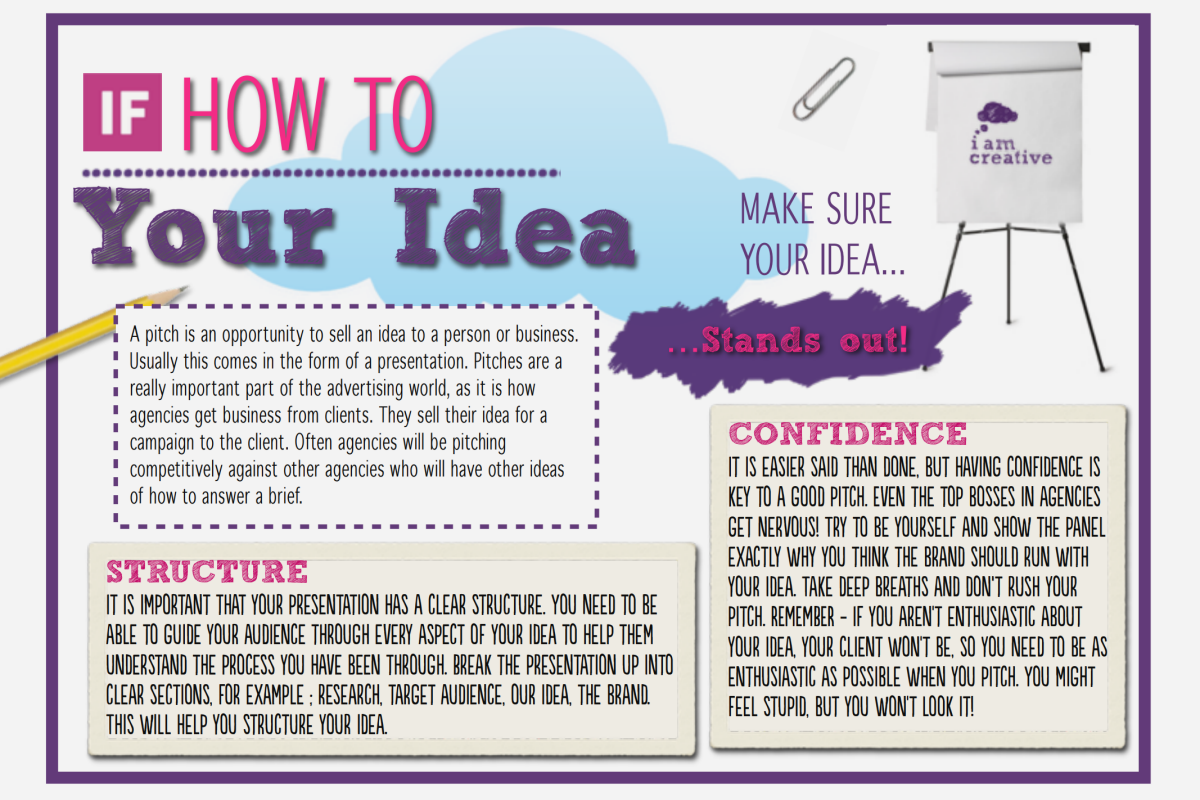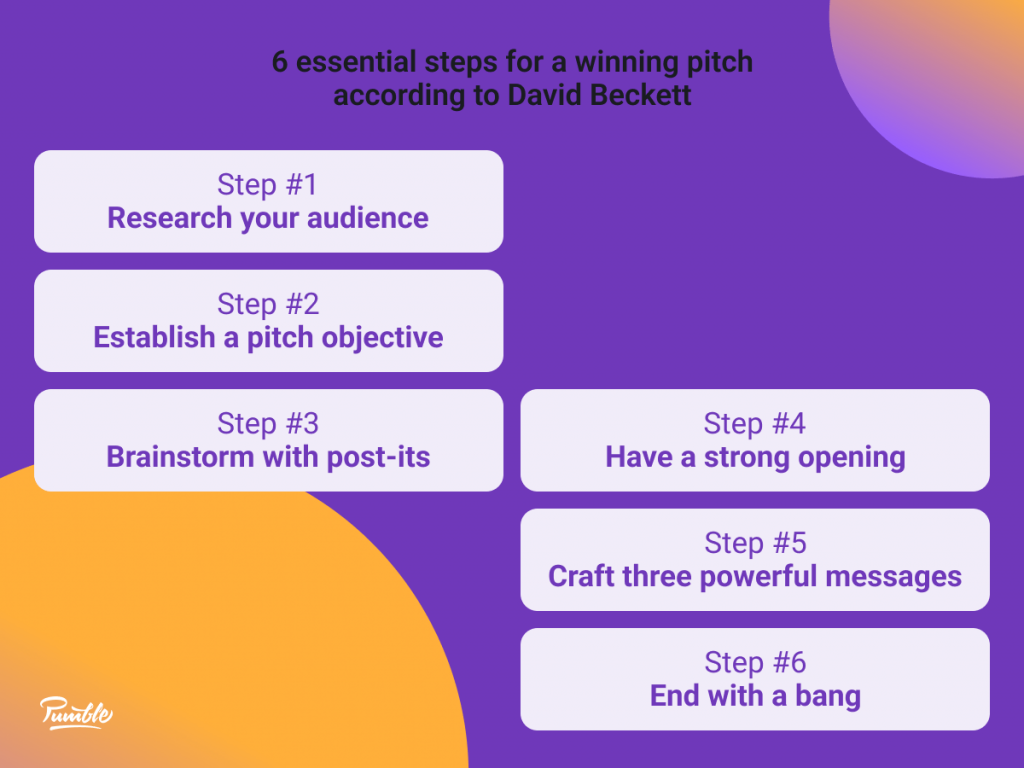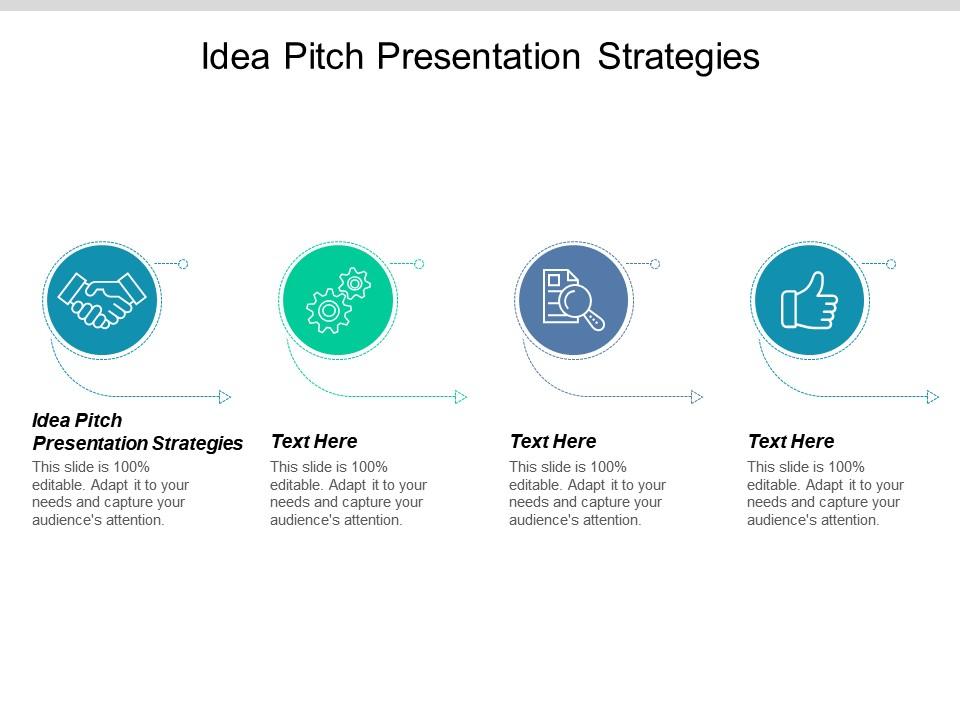How Do You Pitch An Idea To A Company

Landing that dream partnership or getting your innovative idea adopted by a major company often hinges on one crucial skill: the perfect pitch. Many aspiring entrepreneurs and innovators stumble not because their ideas lack merit, but because they fail to effectively communicate their value proposition. Understanding the nuances of pitching to corporations is therefore paramount for anyone seeking external collaboration or investment.
This article breaks down the essential elements of a successful pitch, focusing on key strategies and best practices. Experts emphasize the importance of tailoring your approach, understanding the company's needs, and showcasing the potential benefits of your idea. A well-crafted pitch can be the difference between a closed door and a game-changing opportunity.
Understanding the Company
Before even thinking about your pitch deck, thorough research is essential. Understand the company's mission, values, and current projects. What are their pain points? What are their strategic goals?
This information allows you to frame your idea as a solution to their existing challenges or as a means to achieve their aspirations. Consult their website, annual reports, and recent news articles to gather comprehensive insights.
Tailoring Your Approach
A generic pitch rarely resonates. Each company has unique priorities and internal processes. Researching their past partnerships and successful collaborations can provide valuable clues.
Identify the key decision-makers within the organization. Tailor your language and presentation style to align with their preferences and priorities. Remember, it's about demonstrating how your idea directly benefits them.
Crafting the Pitch
The pitch itself should be concise, compelling, and clearly structured. Start with a strong opening that grabs their attention. Immediately establish the problem you're solving and the innovative solution you offer.
Highlight the key benefits and value proposition. Quantify the potential return on investment (ROI) whenever possible. Numbers speak louder than words.
Use a clear and visually appealing presentation. Avoid jargon and technical complexities. Focus on clarity and conciseness.
The Importance of Storytelling
Data and statistics are crucial, but a compelling narrative can make your pitch truly memorable. Weave a story that illustrates the impact of your idea. Connect with the audience on an emotional level.
Consider using case studies or testimonials to demonstrate the effectiveness of your solution. Showcase real-world examples of how your idea has benefited others. Storytelling makes the pitch relatable and engaging.
Following Up
The pitch isn't over once you leave the room (or end the video call). Follow up with a thank-you note and any additional information requested. Be persistent, but not pushy.
Be prepared to answer questions and address concerns. This demonstrates your commitment and expertise. Remember, building relationships takes time and effort.
If you don't receive an immediate yes, don't be discouraged. Request feedback and use it to refine your pitch for future opportunities. Persistence and adaptability are key to success.
A Human Angle: Perseverance Pays Off
Take the story of Jane Miller, a recent graduate who spent months refining her pitch for a sustainable packaging solution. Initially, she faced rejection from several companies.
However, instead of giving up, she actively sought feedback and adapted her pitch to address specific concerns. Eventually, her persistence paid off, and she secured a pilot program with a major food manufacturer. Her story exemplifies the importance of resilience and continuous improvement.
Conclusion
Pitching an idea to a company requires careful planning, meticulous research, and effective communication. By understanding the company's needs, crafting a compelling narrative, and following up diligently, you can significantly increase your chances of success. Remember that rejection is part of the process. Learn from your experiences and continue to refine your approach. With persistence and a well-crafted pitch, you can turn your innovative ideas into reality and forge valuable partnerships.


















